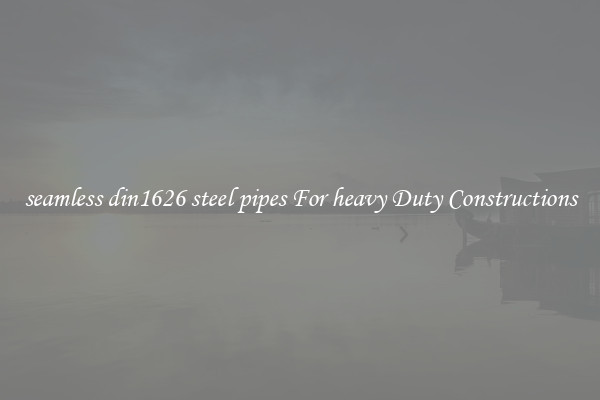hollow tube sizes For heavy Duty Constructions
When it comes to heavy-duty constructions, one of the key considerations is selecting the appropriate hollow tube size. These tubes play a crucial role in providing structural integrity, support, and stability to various types of projects including bridges, high-rise buildings, and industrial structures. Optimal tube sizing is essential to ensure safety, stability, and durability.

Choosing the right hollow tube size is dependent on various factors, including the load the tube will bear, the height and span of the construction, and the material being used. The size of the tube directly affects its load-bearing capacity and its ability to withstand external forces, such as wind and seismic activity.
In heavy-duty constructions, larger tube sizes are often preferred due to their increased strength and load-bearing capabilities. These larger tubes can provide enhanced stability and support to the structure, ensuring its longevity in demanding conditions. However, it is crucial to strike a balance between tube size and project requirements as using unnecessarily large tubes may result in higher costs, increased weight, and decreased overall efficiency.
The correct sizing of hollow tubes is often determined through structural engineering calculations and analysis. Various factors are taken into consideration, including the material's strength properties, weight restrictions, and the specific requirements of the project. Computer-aided design tools have greatly facilitated this process, allowing engineers to simulate different scenarios and assess the performance of different tube sizes before committing to a specific choice.
The range of available hollow tube sizes for heavy-duty constructions is extensive, with diameters and wall thicknesses varying depending on the application. It is crucial to consider the desired load-bearing capacity, structural stability, and the type of forces the construction will be subjected to. By carefully analyzing these factors, engineers can identify the optimum hollow tube size for their specific project.
In conclusion, selecting the appropriate hollow tube size is a critical aspect of heavy-duty constructions. These tubes play a vital role in providing structural support and stability. It is essential to consider several factors, including load-bearing capacity, project requirements, and material properties. By analyzing these factors and conducting thorough engineering calculations, engineers can determine the most suitable hollow tube size, ensuring the safety, stability, and durability of the construction.

View details

View details

View details

View details








